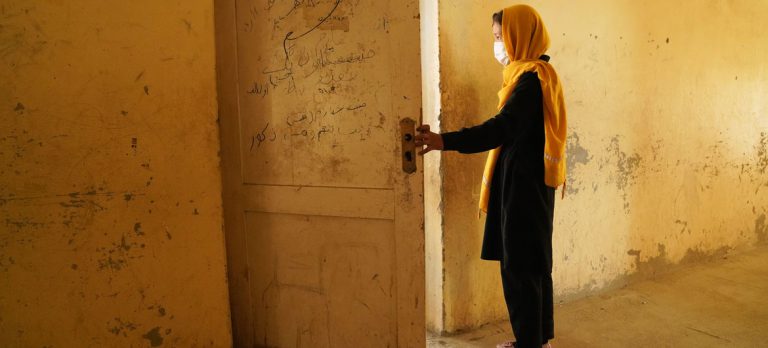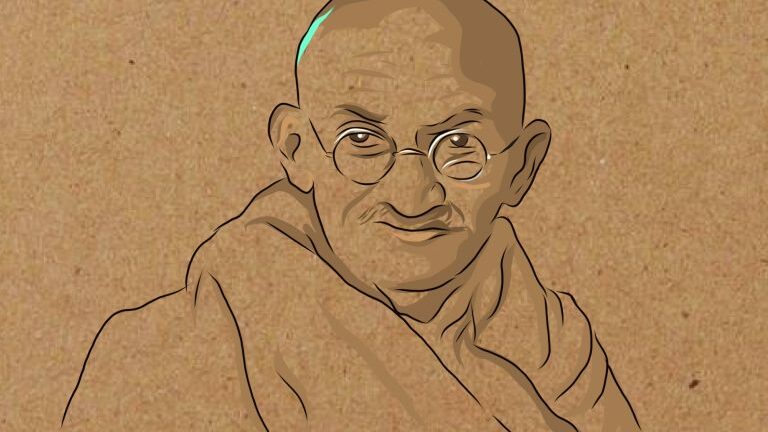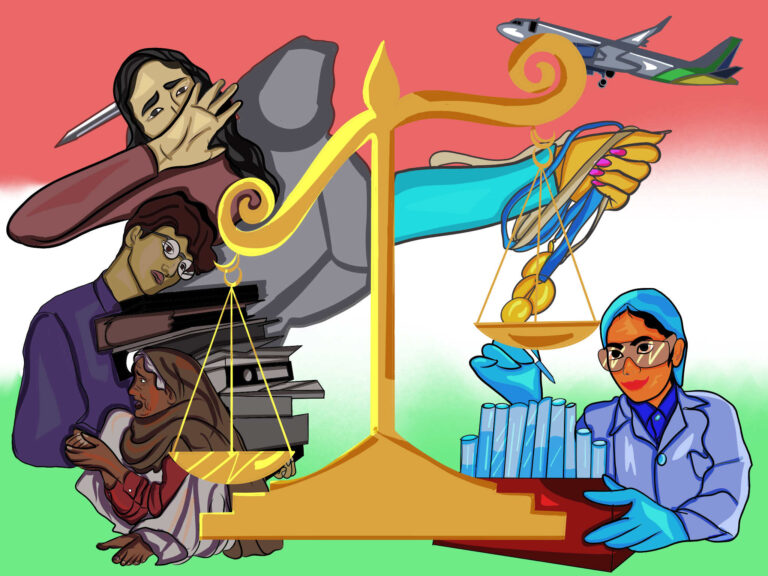The political empires that history did not credit

This is a guest post by the authors for The ArmChair Journal.
Over the years that humanity has blossomed on the planet, several empires have appeared on the face of the earth. Some have turned to dust, whereas some continue to astound us by their astonishing size. However, history has been unfair to certain dynasties and empires who have never been given their due. They’re directly responsible for the social and cultural fabric of modern-day societies in their ways.
Here is a list of 10 dynasties that essentially changed the modern world but have been neglected by history.
Nanda
The Nanda Empire at its highest spanned from Modern-day Punjab in the Northwest to Bengal in the east. They were one of the first empires of the world to undertake a proper irrigation system. They developed a trading system across their empire.
The Nanda Dynasty of India existed at the time of Alexander The Great, who had set his sight on the Indian subcontinent after defeating the Persians. According to Diodorus, a Greek historian, Alexander’s army mutinied and refused to go further east after encountering the “the 4000 well trained and well-equipped war elephants of the Gangaridei (Nanda)”.
Austro-Hungarian Empire
One of the most powerful empires of its time and the second-largest empire in Europe pre World War I, the Austro Hungarian Empire, was one of the main stakeholders in The Great War. The war started when the Archduke Franz Ferdinand of Austria, presumptive heir of the Austro Hungarian throne, was killed by a Bosnian Serb revolutionary, Gavrilo Princip.
The assassination was the main reason that directly led to the First World War as Austria-Hungary declared war on Serbia. The first world war was so devastating that it was then called the war to end all wars. It saw the end of the Austro-Hungarian Empire, which perished post-war.
Maurya
In the wake of the death of Alexander the Great, Chandragupta Maurya carved out a majority of an empire that is arguably the largest one ever to rule the Indian subcontinent. After the war of Kalinga, the then Mauryan emperor Ashoka embraced the teachings of Buddhism and renounced war and violence.
He also sponsored the spreading of Buddhist ideals into Sri Lanka, Southeast Asia, West Asia, and Mediterranean Europe. He undertook a massive public works building campaign across the country. Idealized to date, Ashoka is by far the most revered monarch of India. The lion capital of Ashoka, a sculpture containing four Asiatic lions, has been adopted as the State emblem of India. The Ashok Chakra, the wheel of Dharma, has found its place in the national flag of India.
Pahlavi
The Pahlavi dynasty was founded by Reza Shah Pahlavi, which ruled from 1925 until 1979 when the kingdom was overthrown during the Iranian revolution. Under Reza Shah’s son Mohammad Reza Pahlavi, Iran underwent a series of modernisation, westernization and secularisation reforms. However, his policies and the continual suppression of political dissent ensured that the Iranian people revolted against the Shah.
The orthodox clergy led by Ayatollah Ruhollah Khomeini started a series of protests against the Shah’s policies, which they felt were undermining the Muslim identity of the nation. The support grew further due to the oppressive regime of the Shah, and by 1979 he was forced to leave Iran. His departure led to the establishment of the Islamic Republic of Iran, which continues to exist to date.
Maratha
Driven by the object of ending Mughal rule in India and ascertaining the self-rule of the Hindus, Chhatrapati Shivaji Bhosale laid the foundations of the Maratha Empire. The empire was at its peak under Shivaji, who, with his experimental military tactics such as guerilla warfare, fought many battles with the Mughals. Frequently raiding their territories and ports, he rose to prominence when he defeated Adil Shah and established a capital territory in Raigad. His successor, Sambhaji, never lost a battle to the Mughal emperor Aurangzeb.
In the 18th century, the Marathas were crucial in keeping the British forces at bay as they covered a large part of the subcontinent. The Marathas are also credited with the creation of the first modern navy in India.
Khmer
The Khmer empire of Southeast Asia, covered most of present-day Cambodia, Laos, Southern Vietnam, and Thailand. Their reign began with King Jayavarman-II, and Angkor was declared capital. Though powerful, the empire was constantly interrupted by a rebellion from ambitious nobles and conspiracies against the king.
The most significant aspect of their reign is the flawless monuments, vast reservoirs, canals, hospitals, and roadways constructed in this period. Both Hinduism and Buddhism co-existed peacefully in the region. Angkor Wat, the largest temple in the world, measures 162.6 hectares, which was initially a Hindu temple but later transformed into a Buddhist one.
However, in the end, religion itself, along with power struggles, foreign invasions and plague led to the decline of the once glorious empire. The influence of the Khmer empire can still be found in modern-day Cambodia.
Lan Xang
Lan Xang, which means “a million elephants,” was amusingly named so to instigate fear among other kingdoms at a time when elephants were the main engines of war. Its founder, Laotian prince Fa Ngum, went on to unite small Lao principalities to hold the fort against the neighboring powers of Thailand, Vietnam, Burma, and Cambodia. During the long four hundred year reign, art, literature, and music flourished. The principal religion remained Theravada Buddhism, and its importance can be seen from the fact that it was even used to legitimize kingship. Lan Xang, to date, is the basis of historical and cultural identity for the country of Laos.
Maori
The Maori were a group of Polynesian people who traveled in canoes and landed on the coast of New Zealand a little before 1300 AD. The New Zealand Wars between the British and the indigenous Maori were essential in shaping up the country, which continues to this day, albeit in courtrooms now. The Maori people were at the forefront of developing a unique warrior culture still prevalent in New Zealand. Their Haka dance is a commonly performed ritual in several places in the country, most notably the New Zealand rugby team.
Sur Empire
Sher Shah Suri founded the Sur Empire when he defeated Humayun, the then Mughal emperor, bringing the newly formed Mughal Empire to an abrupt end. After a few more battles and conquests, Sher Shah Suri completely took control of all Mughal territories, only to lose it back to them after 17 years. His reign, however, witnessed immense reforms and development. He minimized corruption by making political systems more transparent, which were ailing previously under the Mughal Empire.
One of their most notable contributions to date remains the extension of the historic Grand Trunk Road, from Chittagong in Bangladesh to Kabul in Afghanistan, covering a massive 2,500 kilometers. The road is still used for trade purposes between India and Pakistan.
Lydian Empire
Lydia was an ancient iron age kingdom that was located in modern-day Turkey. The Kingdom of Lydia goes way back to the 15th century BC. The region prospered due to the abundant natural resources in the area. Lydia was famed for its wealth and was positioned comfortably between the trading routes of Asia and the Mediterranean, which led to its prosperity.
The Lydian kingdom was due to its essential area, and wealth was often an area of contention. This led to multiple attacks on the region, and the city was a part of numerous empires later on.
Lydia is often credited with the invention of the first coin, which has called it one of the first states to have a mint. These coins were made of electrum, which is an alloy of silver and gold. Coins as a form of currency are continued even in present-day society, and we can all thank the Lydians for that.
Featured Image Credits: Azra Bhagat








Readers' Reviews (4 replies)